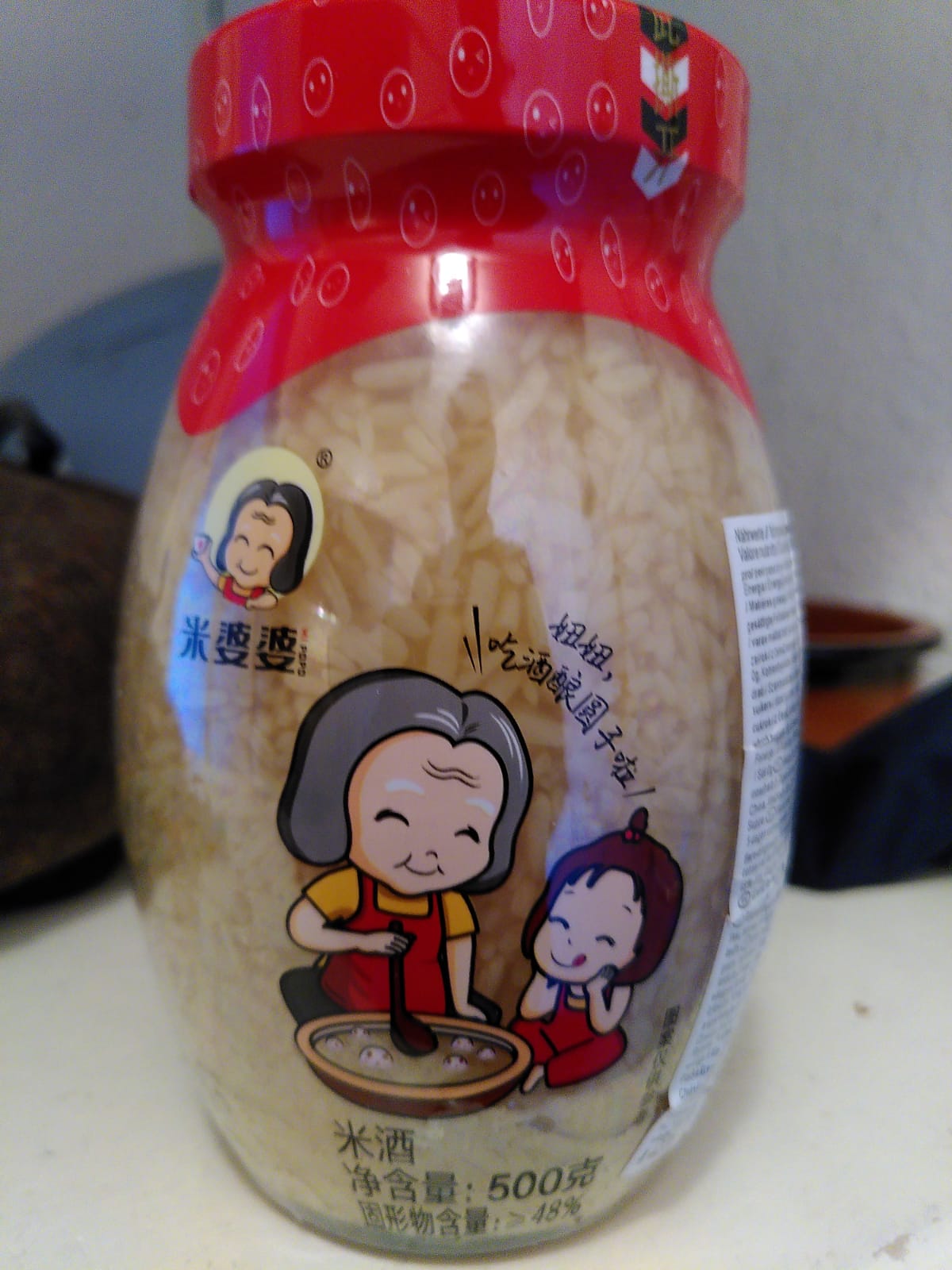this post was submitted on 18 Oct 2023
24 points (92.9% liked)
Chinese language 中文 漢語
211 readers
1 users here now
Discussions and resources for studying or learning about Chinese languages (Mandarin, Cantonese, Hokkien, Hakka, Classical Chinese, etc.).
founded 2 years ago
MODERATORS
you are viewing a single comment's thread
view the rest of the comments
view the rest of the comments

Are you using a translator of some kind because i am quite confused, if i google Shaoxing wine then Shaoxing wine IS a type a sweet rice wine so it makes sense that they are used the same. But rice wine i find online never has rice visible in the bottle like this.. If they are not the same then english focused chatgpt might have them mixed up.
Could you show a picture of the information sticker on the side? I'd like to have a closer look at it.
Yes, it makes sense because both are types of rice wine but two wines made from the same plant can produce two distinct flavour profiles based on local microorganisms and fermentation techniques. Shaoxing wine alone ranges from dry to super sweet varieties and there are many other kinds of rice wine with different flavours. We can´t just replace a certain rice wine a recipe calls for with another one. If jiu niang (酒酿) can be used in cooking similarly to shaoxing jiu (绍兴酒) I will easily use it up fast because I can use it for many different sauces and dishes.
I don´t use a translator, sorry if I confused you with a formulation. Here are the wiki articles for both products, maybe that helps.
https://en.wikipedia.org/wiki/Jiuniang
https://en.wikipedia.org/wiki/Shaoxing_wine
Labels: